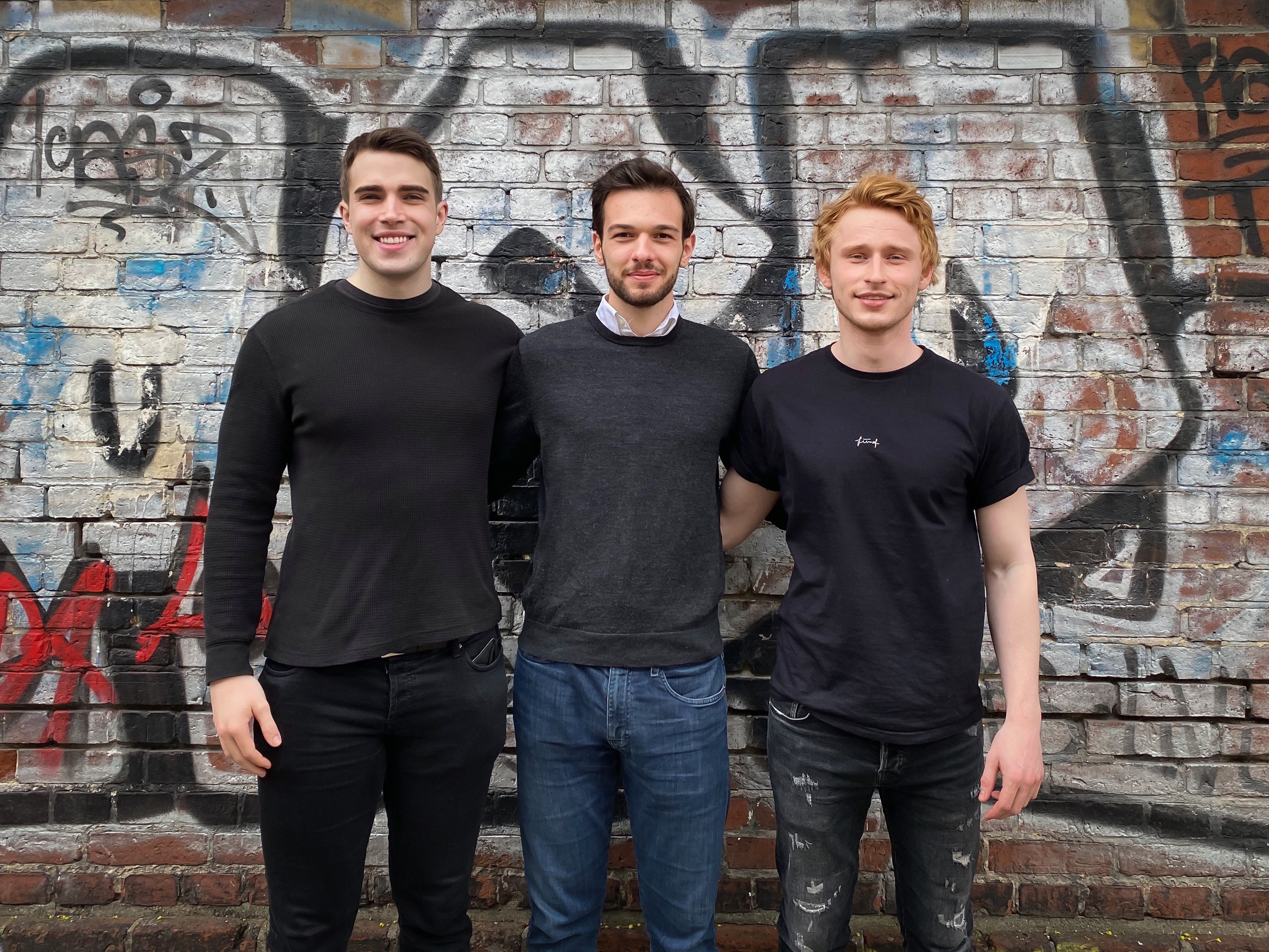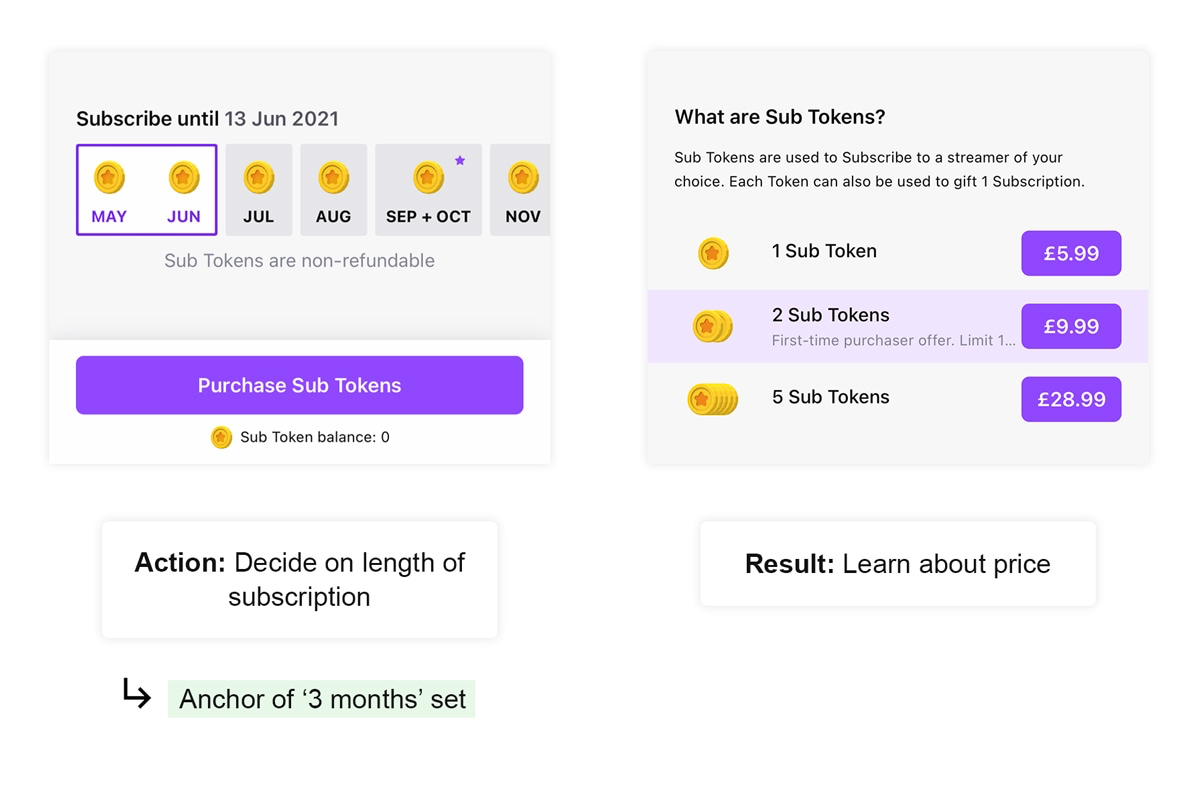Coinbase shares tumbled today to their their lowest point since the company began trading publicly on April 14. The market often moves in mysterious ways, but several drivers could be at play, including Coinbase’s high opening price at the time of its direct listing, its reliance on margins that are all but certain to drop
Coinbase shares tumbled today to their their lowest point since the company began trading publicly on April 14. The market often moves in mysterious ways, but several drivers could be at play, including Coinbase’s high opening price at the time of its direct listing, its reliance on margins that are all but certain to drop owing to growing competition, and the lack of a lock-up period, meaning more insiders might now be offloading some of their highly valued shares, driving down their price in the process.
Whether Coinbase’s shares fall further still is an open question, but one early investor, Garry Tan, believes what outsiders misunderstand about Coinbase is its potential going forward. Indeed, Tan has said previously that a major revenue driver for the company could ultimately tie to a startup called Bison Trails (also backed by Tan) that Coinbase quietly acquired late last year for an estimated $80 million in stock and that Tan recently likened to an AWS inside of the cryptocurrency exchange.
Curious to learn more, we talked recently with Joe Lallouz, the cofounder and CEO of Bison Trails, which raised $35 million from investors and is now being run as an independent product line by Coinbase. We asked Lallouz — who previously cofounded and sold a company to Etsy — about the opportunity he’s chasing and how his 70-person team fends off what appears to be a growing number of direct competitors. Our conversation has been edited for length below. To listen to our full conversation, including more specifics about Bison’s operations, you can do that here.
TC: Your last company connected hardware makers with buyers. What led you to start a crypto infrastructure business?
JL: First, I often speak in the plural we because I have a co founder [Aaron Henshaw] who I’ve worked with on every company for about 20 years. Prior to Bison Trails, the company that was acquired by Etsy was a pretty large marketplace and I [remained] on the leadership team for a few years, and it was actually there that my interest in crypto and Bitcoin and the blockchain space was really piqued — mostly in the form as an investor. I do have a technical background, I’m an engineer. Aaron is an engineer. And so this idea of programmable money was really interesting to me, and I start doing some angel investing, and suddenly, some of the weirdest and smartest people I’ve ever met were switching careers and focusing on building blockchains or blockchain technology. And [Aaron] and I couldn’t get away from this idea that blockchains and the technology that powers blockchains — crypto protocols — were going to be super influential in every piece of software that’s built over the next 20 years.
TC: What was the next step?
JL: It was a lot of a whole lot of experimentation. [Aaron and I] built probably each built about three or four different products that weren’t Bison Trails before we built Bison Trails. For one reason or another, they probably weren’t valuable or viable as products but they did give us an incredible amount of insight into what the blockchain ecosystem needed. There was a huge gap in the blockchain market in the infrastructure space. Just really simple things like connecting to a blockchain network, reading from the blockchain network, writing to that blockchain network, doing very blockchain-native things like staking and mining — all that stuff that you may have heard about or read about, it just took a tremendous amount of time.
TC: So you created this company to make it easier for folks to not have to spend time on those things. But you’re not alone. Last week, a company called Alchemy raised money from Coatue and Addition to do something similar. Are you direct rivals?
J: Not exactly. This isn’t a zero sum community. Everyone who’s focused on building blockchain products — whether they’re new blockchains, or infrastructure, or companies around it — is incredibly collaborative.
I do know Alchemy and another company that does similar stuff called Infura and a couple other companies that maybe haven’t raised financing recently so [haven’t been in the news] but are doing really great work in the space to make it easier for people to build. And this isn’t uncommon in a nascent technology space, where companies come in and say, ‘This is a really hard piece of technology to work.’ With blockchains, in particular, we need to make it easier, and different companies are doing that from different angles.
TC: Whose life are you making easier?
JL: We’ve seen a lot of success in supporting the world’s biggest crypto companies. Prior to Coinbase acquiring Bison Trails, we’d announced partnerships with Coinbase to help power their staking nodes proof-of-stake protocols, which is a paradigm shift in the blockchain space. But we’ve also been helping a lot of the other companies that are getting into the space, everyone from that one person who has a smart contract and a dream, all the way to the world’s biggest financial institutions that are building new crypto new products. Whether banks or neobanks, all of them are trying to build on top of these blockchains and a lot of them have been Bison Trail customers for years.
TC: You mentioned the shift to proof of stake from proof of work. Proof of work centers on mining cryptocurrency and proof of stake sounds a little like tenured voting, meaning people are getting rewarded for holding on to currencies longer than others and having a bigger position in them. Is that anywhere near accurate?
JF: It’s almost simpler than that. At its core, the blockchain is a ledger, and a whole lot of people who don’t work together maintain that ledger, which is how mining works. Proof of stake works the same way, but if you hold currency in that blockchain, you vote on what the state of the ledger is. So rather than relying on complex mining algorithms and these large mining operations like Bitcoin does, it relies on people who are incentivized for the state of the blockchain to be right to be correct, because they hold the currency to vote. So really all it is, is a mechanism to incentivize everyday holders of any token to vote on the blocks that are being produced.
TC: And this is is already happening.
JL: So it’s already happening. One of the major blockchains that’s in the middle of this shift is Ethereum 1.0 to Ethereum 2.0. Ethereum has obviously become a very popular blockchain because it was one of the first to enable very intricate, smart contracts, which enables folks to build applications on top of it. And the reason Ethereum has been making the shift is to help it scale. The process of proof of work — mining — can bog down the scalability of a blockchain, meaning how fast it is, how expensive it is, how easy it is to post transactions, and to update the ledger and to maintain the ledger. So this has been a pretty serious trend because it enables blockchains to reach more people and power more intricate applications. It’s a really key piece to blockchain adoption.
TC: And to underscore what Bison Trails is offering to do, what are the features exactly that you’re promising your customers, and do you charge a conventional monthly subscription for these features and services?
JL: We’re a platform not unlike Google Cloud or an AWS where if you’re a builder or someone who wants to participate in a chain, you come to us and instead of needing a team of engineers to spin up nodes and run those and make sure that they’re up and running so that, say, your wallet app is able to connect to a blockchain or that you can take on a new chain or stake on Ethereum; you can instead just click a few buttons in our interface and do that really easily.
The business model is really what we call crypto native SaaS, so folks will pay us in a combination of U.S. dollars, or the crypto equivalent — in some cases like a stablecoin. But also each of the proof-of-stake protocols, as you participate in them, you’re rewarded for participating them, and Bison Trails as a company takes a small cut of that reward.
Again, for more of this conversation, including a look at which nascent crypto startups Lallouz is backing as an investor, you can hear it in its entirety here.






